Figure shows a cubical room ABCD with the wall CD as a plane mirror. Each side of the room is 3 m . We place a camera at the midpoint of the wall AB . At what distance should the camera be focussed to photograph an object placed at A.
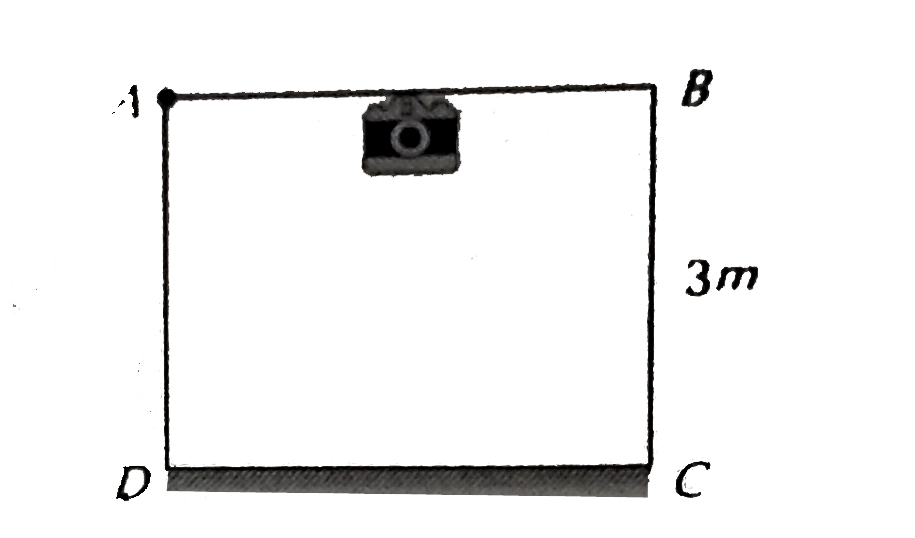
1.5 m
3 m
6 m
More than 6 m
The correct Answer is:d
Step by step video, text & image solution for Figure shows a cubical room ABCD with the wall CD as a plane mirror. Each side of the room is 3 m . We place a camera at the midpoint of the wall AB . At what distance should the camera be focussed to photograph an object placed at A. by Physics experts to help you in doubts & scoring excellent marks in Class 12 exams.
Updated on:21/07/2023Topper's Solved these Questions
- RAY OPTICSBOOK - ERRORLESS CHAPTER - RAY OPTICSEXERCISE - Refraction of Light at Plane Surfaces
9 Videos
- RAY OPTICSBOOK - ERRORLESS CHAPTER - RAY OPTICSEXERCISE - Refraction at Curved Surface
8 Videos
- MAGNETISMBOOK - ERRORLESS CHAPTER - MAGNETISMEXERCISE - Assertion & Reason
1 Videos
- WAVE OPTICSBOOK - ERRORLESS CHAPTER - WAVE OPTICSEXERCISE - SET
23 Videos
Similar Questions
A camera fitted with a lens of focal length 50 mm is being used to photograph a flower that is 5 cm in diameter. The flower is placed 20 cm in front of the camera lens.
a) At what distance from the film should the lens be adjusted to obtain a sharp image of the flower?
b) What would be the diameter of the image of the flower of the film?
c) What is the nature of camer lens?
View SolutionA cubical vessel with non-transparent walls is so located that the eye of an observer does not see its bottom but sees all of the wall CD.
To what height should water be poured into the vessel for the observer to see an object F arranged at a distance of b=10cm from corner D? The face of the vessel is a=40cm. Refractive index of water is 43.
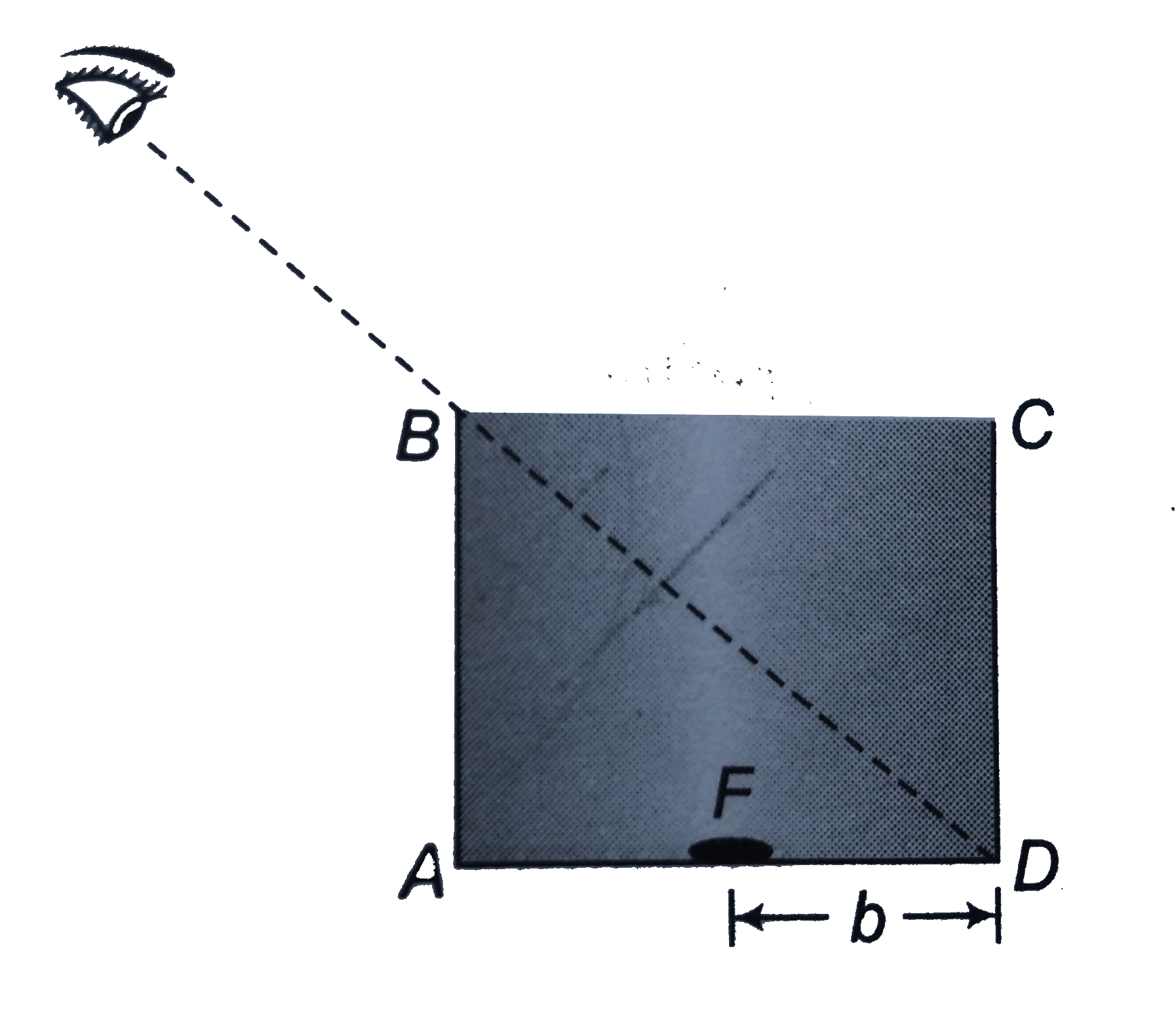
View Solution
Knowledge Check
A cubical vessel has opaque walls. An observer (dark circle in figure below) is located such that she can see only the wall CD but not the bottom. Nearly to what height should water be poured so that she can see an object placed at the bottom at a distance of 10 cm from the corner C ? Refractive index of water is 1.33.
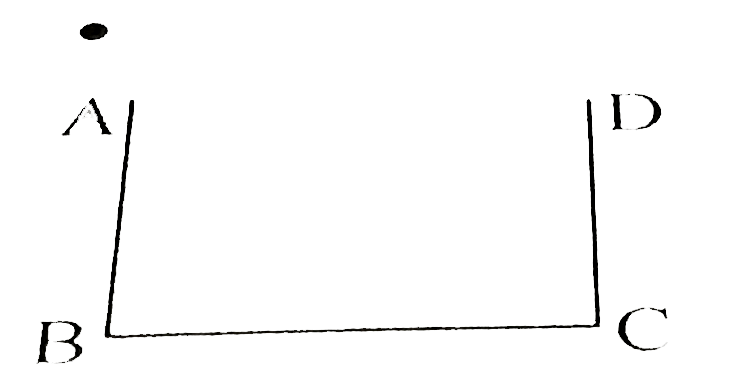 A10 cmB16 cmC27 cmD45 cm
A10 cmB16 cmC27 cmD45 cmIt is desired to photograph the image of an object placed at a distance of 3 m from the plane mirror. The camera which is at a distance of 4.5 m from the mirror should be focussed for a distance of
A3 mB4.5 mC6 mD7.5 mAn object is placed 1 m in front of a plane mirror. An observer stands 3m behind the object. For what distance must an observer focus his eyes in order to see the image of the object?
A3mB4mC5mD8m
A cylinderical glass rod of radius 0.1m and refractive index √3 lies on a horizontal plane mirror. A horizontal ray of light moving perpendicular to the axis of the rod is incident on it. At what height from the mirror should the ray be incident so that it leaves the rod at a height of 0.1m above the plane mirror? At what centre to centre distance a second similar rod, parallel to the first, be placed on the mirror, such that the emergent ray from the second rod is in line with the incident ray on the first rod?
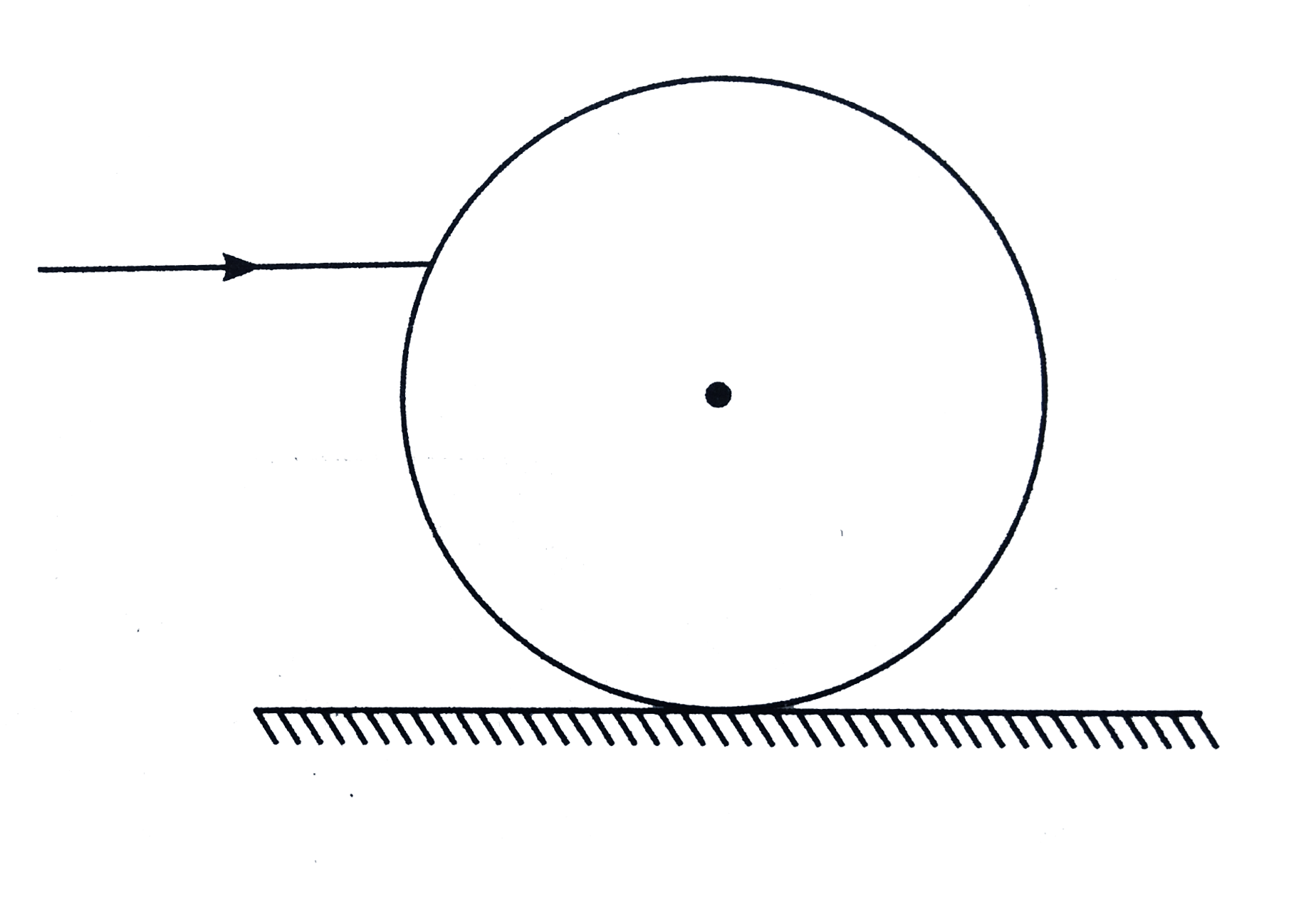
View SolutionIn the figure shown L is a converging lens of foacl length 10cm and M is a concave mirror of radius of curvature 20cm. A point object O is placed in front of the lens at a distance 15cm.AB and CD are optical axes of the lens and mirror repectively. Find the distance of the final image formed by this system from the optical centre of the lens. The distance between CD&AB is 1cm
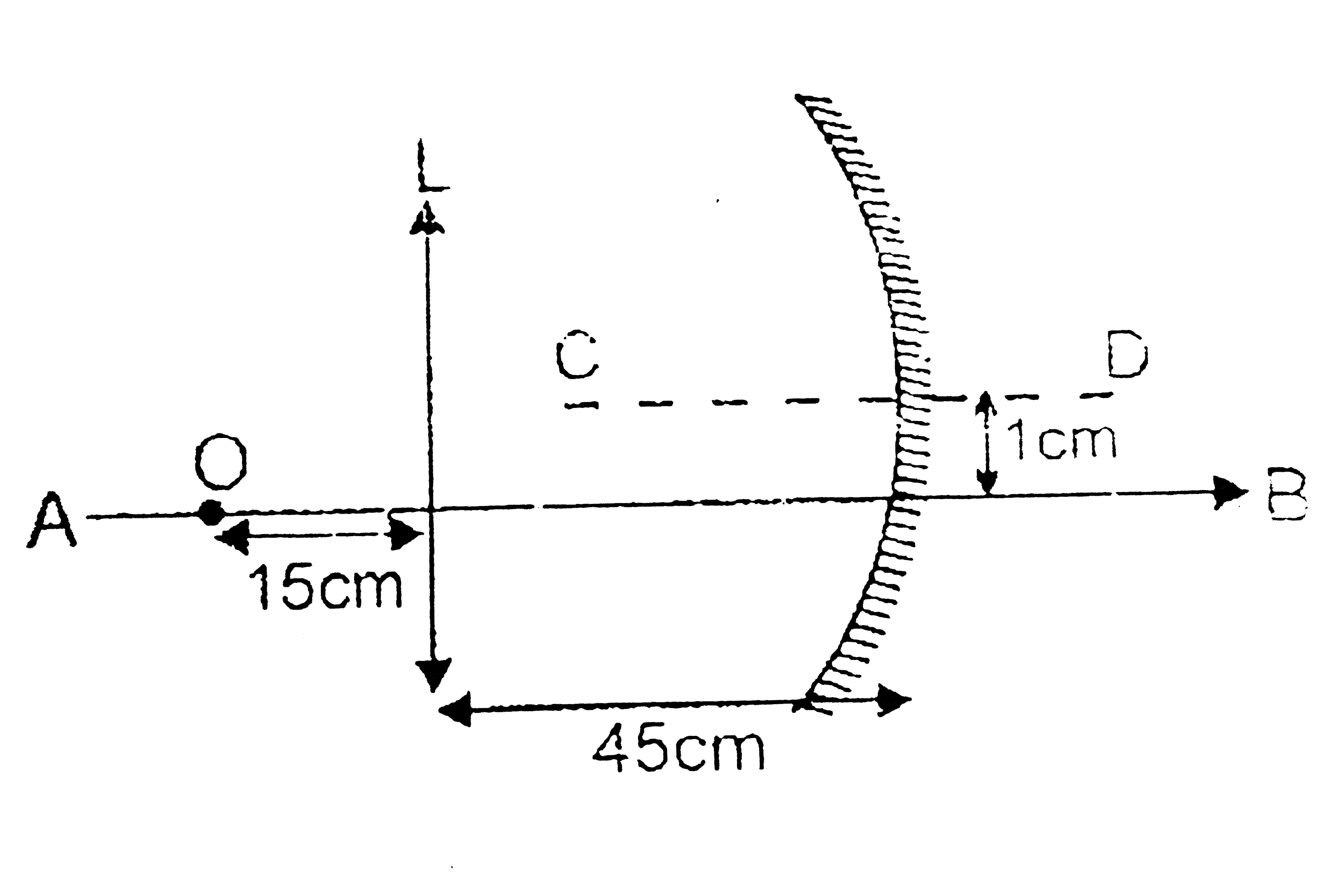
View SolutionThe figure shows a square train wagon ABCD which has a smooth floor and side length of 2 L. The train is mov- ing with uniform acceleration (a) in a direction parallel to DA. A 'ball is rolled along the floor with a veloci- ty u, parallel to AB, with respect to the wagon. The ball passes through the centre of the wagon floor. At the instant it is at the centre, brakes are CD AB u 2 L 2 Lapplied and the train begins to retard at a uniform rate that is equal to its previous acceleration (a)
(a) Will the ball hit the wall BC or wall CD or the corner C?
(b) What is speed of the ball, relative to the wagon at the instant it hits a wall ?
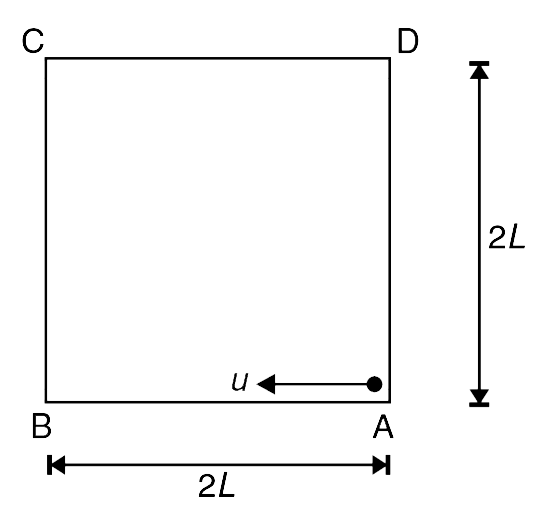
View SolutionA cylindrical glass rod of radius 0.1m and refractive index √3 lies on horizontal plane mirror. A horizontal ray of light moving perpendicular to the axis of the rod is incident on it. At what height from the mirror should the ray be incident so that it leaves the rod at a height of 0.1m above the plane mirror ? At what distance a second similar rod, parallel to the first, be placed on the mirror, such that the emergent ray from the second rod is in line with the incident ray on the first rod ?
View SolutionA thin equiconvex lens of refractive index 3/2 is placed on a horizontal plane mirror as shown in figure. The space between the lens and the mirror is filled with a liquid of refractive index 4/3 . It is found that when a point object is placed 15 cm above the lens on its principal axis, the object coincides with its own image.

Q. If another liquid is filled instead of water, the object and the image coincide at a distance 25 cm from the lens.
Calculate the refractive index of the liquid.
View Solution
